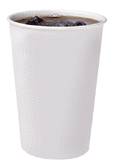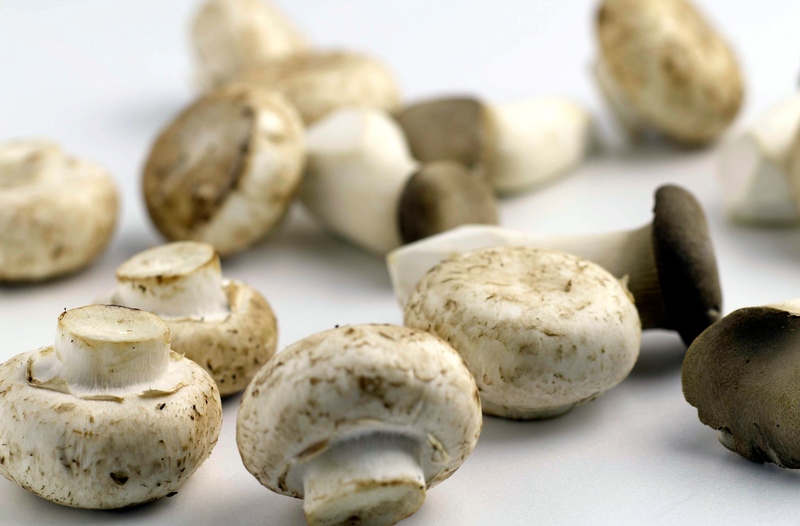
WEDNESDAY, April 10 (HealthDay News) — A new study may take the fizz out of New York City’s bid to improve health by banning super-sized sugary drinks: It suggests restaurants could bypass the rules, and make more money to boot, by offering pairs of drinks that add up to forbidden sizes.
For now, the Big Apple’s ban on drink sizes bigger than 16 ounces is moot — a judge’s ruling put it on hold last month. But if it’s upheld, the study findings point to a major loophole, said lead author Brent Wilson, a psychology graduate student at the University of California, San Diego. “The risk is that regulations intended to reduce consumption could unintentionally increase consumption,” he said.
However, the research has limitations. The study didn’t involve actual drinks or an actual restaurant, and it didn’t tackle the logistical issue of whether customers are willing to carry two smaller cups or bottles to get the punch of one big drink. Also, it didn’t consider whether restaurants would think of the “drink-bundling” idea, although they may do so now that the study has brought it up.
At issue are giant cups and bottles of sugary soft drinks, which pack a punch of calories. While some restaurant owners and residents cried foul, New York City officials outlawed super-size drinks to combat the obesity epidemic.
“I’m trying to do what’s right. I’ve got to defend my children . . . and everybody else and do what’s right to save lives,” said Mayor Michael Bloomberg, according to CBS News.
Inspired by the ban, Wilson and his colleagues created an experiment to gauge whether it might be possible for restaurants to get around the purpose of the law, which is to get people to drink less sugary soda.
The researchers asked 100 college students, aged 18 to 39, to consider choices on menus. One “unregulated” menu had these prices for sodas: $1.59 (16 ounces), $1.79 (24 ounces) and $1.99 (32 ounces). Those prices were all taken from a McDonald’s menu at the time of the study.
Another menu, with “bundled” options, offered a 16-ounce soda for $1.59, a pair of 12-ounce drinks for $1.79, and a pair of 16-ounce drinks for $1.99. And a third “no bundle” menu only offered a 16-ounce drink for $1.59.
The researchers found that the participants wanted to buy more drinks when they had the choice of “bundling” them. When the participants only had a choice of just one size, only 62 percent chose to buy a soda, compared to 84 percent of those who had a choice of “bundled” options and 79 percent of those who faced the “unregulated” options.
Wilson said the study suggests that restaurants could make 70 percent more money from drinks if they offered the bundled options instead of just 16-ounce drinks. “The bundled options just felt like a better deal” to study participants, Wilson suggested.
It’s not clear how much actual extra profit restaurants could make, however.
Wilson dismissed the prospect that his study was giving restaurants ideas about how to bypass the super-size ban. “It’s good for policymakers to know about any unintended consequences and think about them now,” he said.
Barbara Jean Rolls, chair of nutritional studies at Penn State University, said the study findings are “provocative” but lack a real-life component because they didn’t involve an actual restaurant or actual drinks. (Wilson said that’s the next step for future research.)
“Human eating and drinking behavior is very complex,” Rolls said. “A lot of studies indicate that what you say on paper isn’t what you’re going to do [in real life]. I don’t think just asking people on paper is going to tell us how this will play out.”
The study was published online April 10 in the journal PLoS One.
More information
For more about obesity, visit the U.S. National Library of Medicine.

